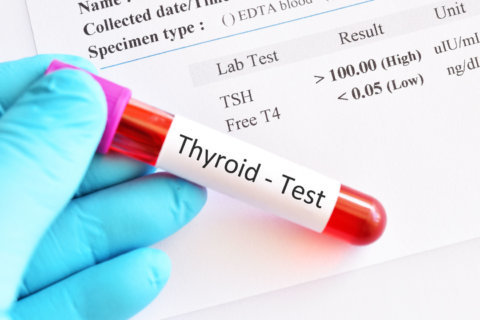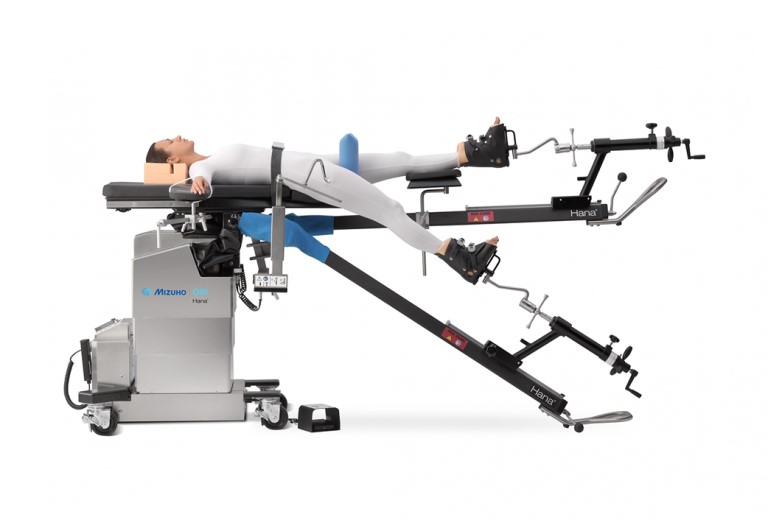
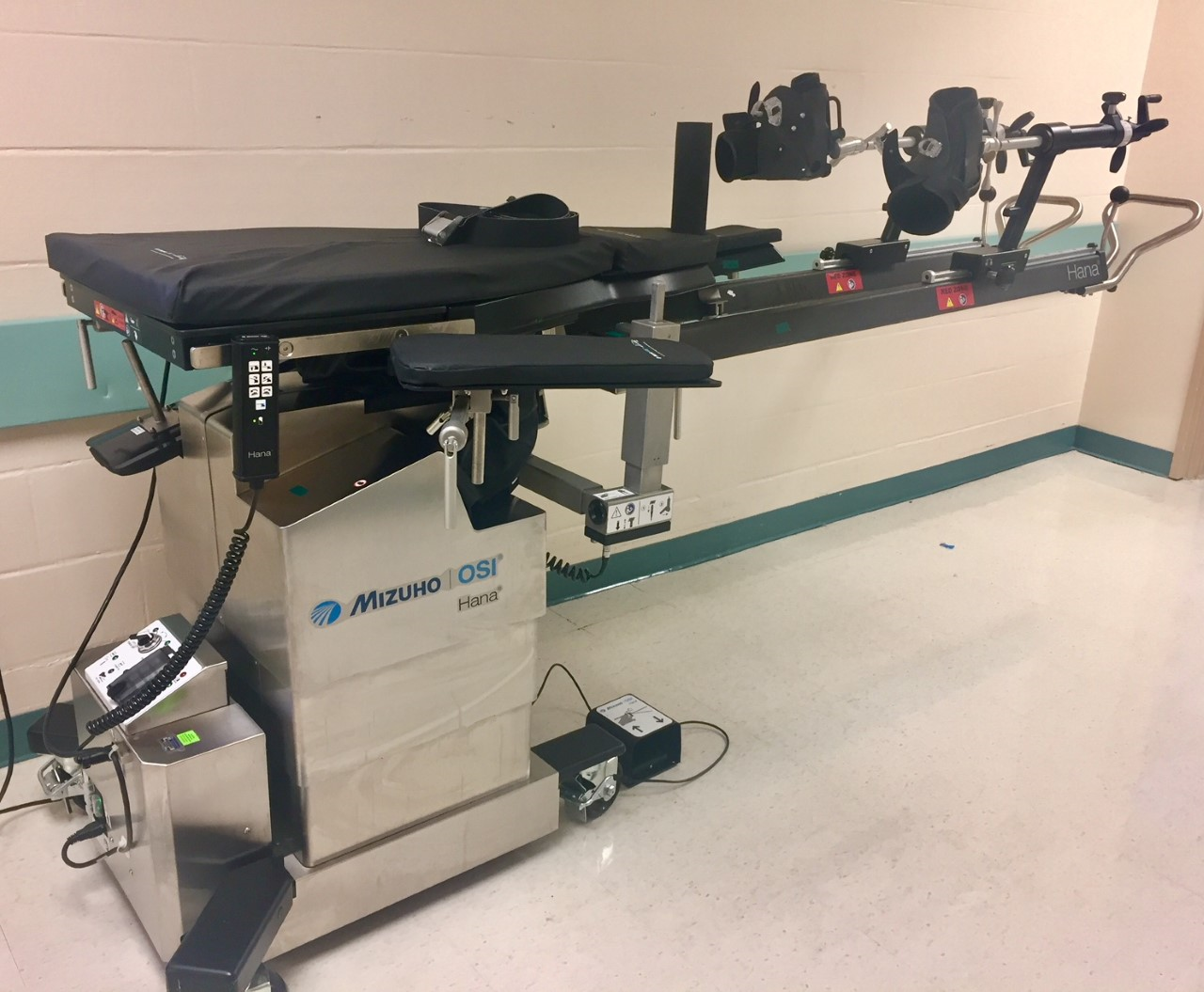
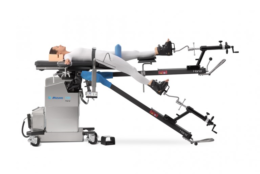
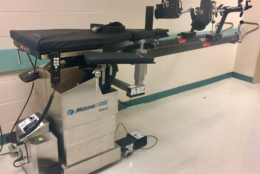
ALEXANDRIA, Va. — You might think of operating tables as long flat slabs, but a table used in some orthopedic procedures looks like an exercise machine that locks patients’ feet into what appear to be ski boots.
The equipment is a helpful tool during procedures such as hip replacement surgery.
“It keeps the leg locked into a certain position,” said Dr. Craig McAsey, an Anderson Orthopaedic Clinic surgeon at Inova Mount Vernon Hospital. “It’s an easier environment to work in. You’re not hitting a moving target.”
Typically, one or two assistants are used to hold legs in position or pull traction during what can be an hourlong procedure. With special surgical tables such as the Hana table that’s in use at Inova Mount Vernon, a patient’s legs are kept in proper position mechanically. Feet are placed into what look like ski boots, which are locked onto adjustable mechanical extensions of the operating table.
“It just helps to facilitate and maintain a limb position that is constant throughout surgery. You’re not replying on a human element,” McAsey said.
“It offers more consistent results. There’s less chance of potential complication, such as putting an implant in off-axis that can result in a fracture.”
Inova Mount Vernon has had Hana tables since 2009, and the use of such tables is becoming more widespread.
“More facilities are obtaining Hana tables or Hana table-like devices,” McAsey said. “It’s just a matter of what physicians are trained on. It’s also a matter of what your health system or hospital is willing to spend money on to acquire one of these devices.”
Mechanical-assistance tables are most commonly used for hip replacements, but McAsey said they’re also used to treat pelvic and femur fractures and, less frequently, for total knee replacements.


